Interview with children's book author Debra Mares: It's This Monkey's Business
For Independent Author Debra Mares, violence
against women is not only a topic in today's news, it's a topic in
her crime novels, cases she handled as a county prosecutor, and now it will be
the topic in her first children's book It's This Monkey's Business.
Debra is a veteran
county prosecutor in Riverside
currently specializing in community prosecution, juvenile delinquency and
truancy. Her office has one of the highest conviction rates in California and
is the fifteenth largest in the country. You name it - she's prosecuted it
- homicides, gang murders, domestic violence, sex cases, political corruption,
major fraud and parole hearings for convicted murderers. She is a two-time
recipient of the County Prosecutor of
the Year Award and 2012 recipient of the Community Hero Award.
Debra is the granddaughter of a Mexican migrant farm worker
and factory seamstress, was born and raised in Los Angeles, was the first to
graduate college in my family, and grew up dancing Ballet Folklorico and Salsa.
Her own family story includes struggles with immigration, domestic violence,
mental health, substance abuse and teen pregnancy, which she addresses in her
novels. She followed a calling at 11 years old to be an attorney and voice for
women, and appreciates international travel and culture. Her life's mission is
to break the cycle of victimization and domestic violence.
Debra is also the co-founding Executive Director of Women Wonder Writers, a
501(c)(3) nonprofit organization implementing creative intervention and
mentoring programs for at-risk youth. In 2012, Debra self-published
Volume 1 of her debut legal thriller series, The Mamacita Murders featuring
Gaby Ruiz, a sex crimes prosecutor haunted by her mother's death at the hands
of an abusive boyfriend. In 2013, Debra released her second crime novel, The Suburban Seduccion, featuring
"The White Picket Fence" killer Lloyd Gil, who unleashes his neonatal
domestic violence-related trauma on young women around his neighborhood.
To bring to life "Cabana," Debra partnered
with 16-year-old Creative Director Olivia Garcia and Los Angeles based
professional illustrator Taylor Christensen.
16-year-old Creative Director Olivia Garcia attends high
school in Panorama City, California, is
the Los Angeles
youth delegate for the Anti-Defamation League's National Youth Leadership
Mission in Washington D.C., an
ASB member and AP student and enjoys reading, crafting and knitting.
Taylor Christensen is
a Los Angeles-based illustrator holding a BFA from Otis College of
Art & Design, focuses on fantastical creatures and surreal imagery, and
produces artwork for illustration, character and concept design.
Her latest book is the children’s picture
book, It’s
This Monkey’s Business.
For More Information
- Visit Debra Mares’ website.
- Connect with Debra on Facebook and Twitter.
- Visit Debra’s blog.
- More books by Debra Mares.
- Contact Debra.
About the Book:
"Cabana," a young spider monkey is brought to life to
tell her story It's This Monkey's Business to help children
who are affected by domestic violence and divorce. Cabana, who lives with her
parents in a treehouse high up in a rainforest canopy, becomes startled one day
from her Mama's scream, when she is waiting atop a tree branch for her Papa to
teach her how to swing. After falling to the forest floor, Cabana frustrated
from her parents' fighting, decides she will search for a new family to be part
of. Her persistence is cut short when she braves the river to play with a pink
dolphin, unaware she cannot swim. The tragedy brings her parents together to realize
they can no longer live together. Cabana reconnects with her Papa, realizing he
is the only one that can teach her how to swing.
It's This Monkey's Business is an approximately 756 word children's book targeting ages 4-8, which is set in a rainforest and featuring "Cabana," a young female Spider Monkey, her parents and rainforest animals. The book is approximately 30 pages long and features full spread color illustrations.
For More Information
- It’s This Monkey’s Business is available at Amazon.
- Discuss this book at PUYB Virtual Book Club at Goodreads.
Q: Welcome to The Writer's Life! Now that your book has been published, we’d
love to find out more about the process.
Can we begin by having you take us at the beginning? Where did you come up with the idea to write
your book?
Thank you for the
opportunity to share a bit about It’s This Monkey’s Business. Domestic
violence is an issue that swirls in my mind a lot, having seen it growing up
and among many of the children I work with today. Around Christmastime in 2013,
two months after my last book had been released The Suburban
Seduccion, I woke up searching for inspiration to write; it had been a
while for me and writer’s block was setting in. In a hope to spark writing, any
writing, I began outlining and plotting this book. It came very easy. Some of
the early ideas revolved around Zip, a stuffed monkey I had growing up, which
always made me feel safe. I developed a
clear and easy mission for this book: to bring awareness to domestic violence
and help families and children acknowledge it, talk about it, process it, and
most importantly, know they are not alone.
Q: How hard was it to write a book
like this and do you have any tips that you could pass on which would make the
journey easier for other writers?
Of all my books, this was the most
difficult to write, emotionally and professionally. It was less than 700 words, but as Theodore
Seuss Geisel aka Dr. Seuss said, the key to good writing is “meticulosity.” And good writing was what was accomplished by the guidance of editor Kate
Buckley. I also partnered with Illustrator Taylor Christensen and 16-year-old
creative director Olivia Garcia for to bring Cabana and her journey to life. My advice for other writers is to simply
collaborate and ask for help! Good ideas
become great ones with teamwork. Ask for
help!
I would also reiterate Dr. Seuss’
emphasis on “meticulosity.” Revise,
revise, and revise! Make every line
count and keep revising until you get it write.
Also, consider early on your font selection and illustration size. These decisions can be easy if you have a
clear vision of who your readers are.
Are you attempting to help children learn to read, facilitate parents
who are reading to children, or to
reengage high school graduates with important childhood lessons before they
head to college? If your goal is to
reach multiple audiences, consider designing quality illustrations and
utilizing fonts that cross-appeal to each of these audiences. Don’t forget how wide your audience may
actually turn out to be. Afterall, high
school graduates today still appreciate the lessons of Dr. Seuss’ children’s
book, “Oh, the Places You’ll Go,” so make sure the font is universal to
highschoolers and preschoolers.
Q: Who is your publisher and how did
you find them or did you self-publish?
I
self-published, which is how I released by 2 previous books The
Mamacita Murders and The Suburban Seduccion. Self-publishing helps me learn the
process behind marketing, publishing, and distribution; I have a great respect
for the work our agents and publishers to.
Q: Is there anything that surprised
you about getting your first book published?
There were a couple things
that surprised me. I didn’t realize how
much work it took to publish a children’s book.
I thought a legal thriller amounting to 333 pages would be much more
difficult to publish than a 32 page book.
The process of publishing a children’s book is quite different; you
spend a significant amount of time with illustration direction, design and
layout because the visual component is just as important as the story.
The printing and
distribution process was a good kind of surprise for me. I went with Amazon
Advantage, which you allows to ship your own book inventory to their warehouse
for distribution, instead of a print-on-demand option like CreateSpace or
Lulu.com. Of course I needed to secure a printer, however with this type of
children’s book bringing awareness to domestic violence, it made sense for me
to have copies on-hand for sale when I’m speaking on the topic. The advances for self-publishers that are
available are constantly progressing, even from a year ago, and it’s exciting
to be a part of things like KDP’s (Kindle) the pop-up book ability. We are expecting an eBook release end of the
year.
Q: What other books (if any) are you
working on and when will they be published?
My next project is YOUR
L!FE: Young Voices from The Write of Your L!fe™. I am the publishing director for an anthology
featuring youth poetry and writings from Women Wonder Writers, a life skills
and mentorship nonprofit organization I co-founded, which serves at-risk youth
and strives to break the cycle of abuse and victimization. The expected release
date is Spring 2015.
Q: What’s your favorite place to hang
out online?
Some of my favorite sites address
parenting tips, juvenile justice, crime prevention and healthy
relationships. A few of them are:
http://www.psychologytoday.com/topics/child-development
http://micheleborba.com/blog/tag/bullying/
http://www.psychologytoday.com/topics/resilience?tr=HomeTopics
Q: Finally, what message (if any) are
you trying to get across with your book?
I hope the story
will support a strong message to children of domestic violence that they are not alone, it is not
their fault, it’s okay to talk about it and abuse is not right. I also hope to encourage parents to
acknowledge a child’s feelings, allow them to express their fear, and talk
about what has happened to them so they can move forward, heal and thrive, even
when their family goes through this.
For
all kids who read the book, even those not affected by abuse, I hope the story
supports a strong message of empathy.
Being able to put themselves in the shoes of another youngster who is
experiencing violence at home can be powerful, so others can be supportive,
tell someone if they suspect it’s going on, and be nice to the youngster
instead of blaming them, gossiping about them or bullying them. I also hope the
story helps to start a conversation early on in childhood about healthy
relationships, open and honest
communication where both people can grow, learn and develop into strong people
and emotionally healthy people who help decide things together about the
relationship. It’s important to start having these conversations early,
especially when studies show 1 out of 3 women will experience domestic violence
in their lifetime.
Q: Thank you again for this
interview! Do you have any final words?
Thank you for this interview and the opportunity
to speak on this issue that effects so many children. 3 million children witness violence in their
home annually in the U.S. and over 275 million children are estimated to be exposed to
violence in their home around the world.
We are all part of the solution in breaking the cycle of violence and we
can do so by talking about the issue, addressing it when it happens, striving
to have healthy relationships and talking to our children early about healthy
relationships. Books like this It’s
This Monkey’s Business help start the
conversation and I’m happy to help facilitate it. I want to thank my Illustrator Taylor
Christensen, Creative Director Olivia Garcia and Editor Kate Buckley and all
the others including Jennie Johnson, Terrie Barna, Kym Conover, Michael Levin,
Christina Metzke, Kathy Ediss, and Dr. Tammy Cleary, who made this book and its
release possible.







































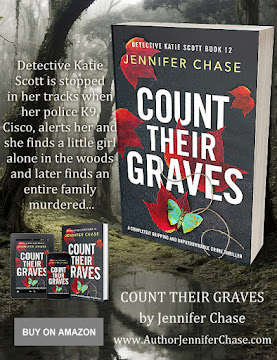






























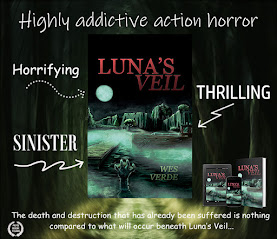
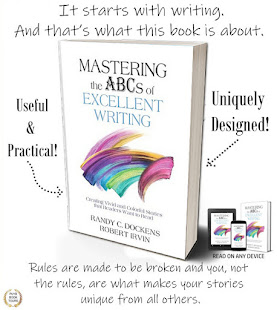
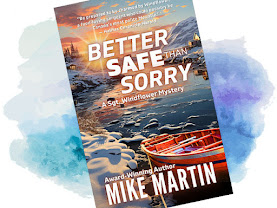




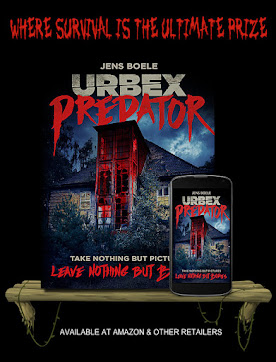









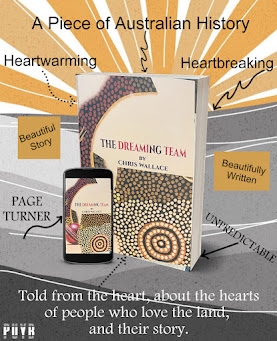

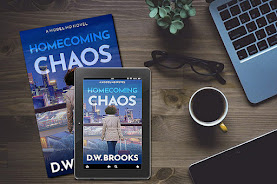


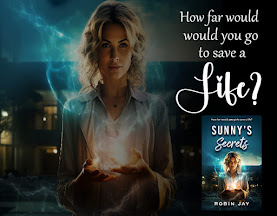




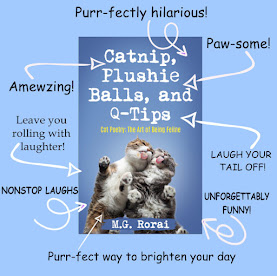





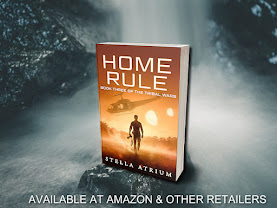

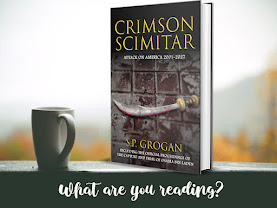


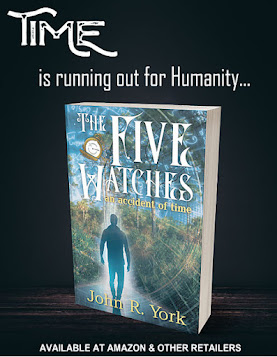

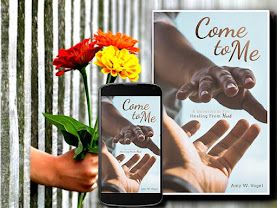



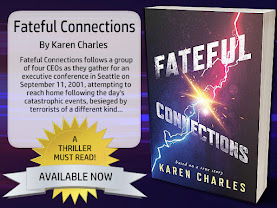


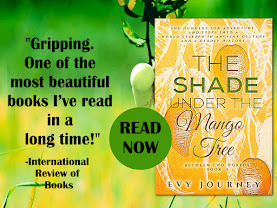

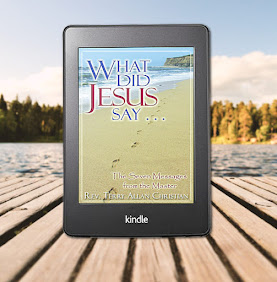

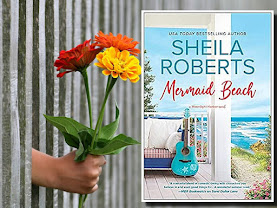



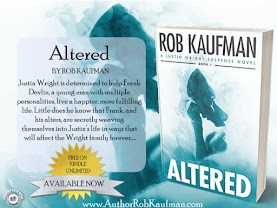
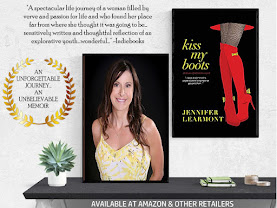
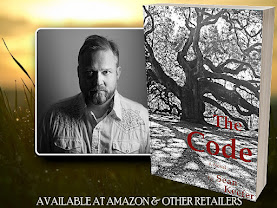

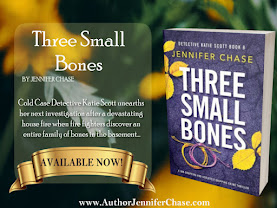

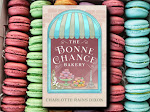
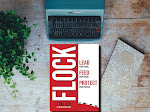


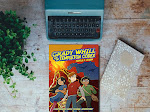


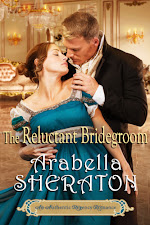




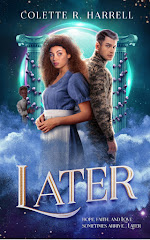
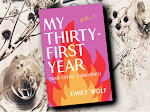
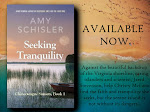


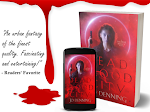


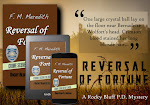

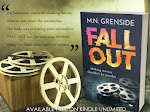


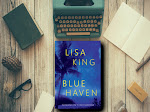




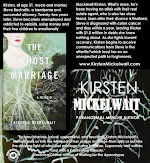

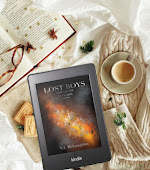


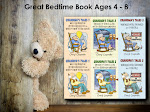

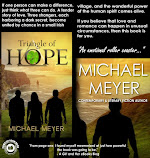
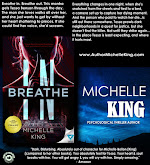
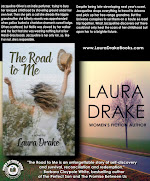


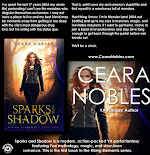
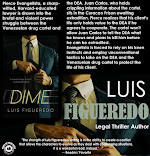

























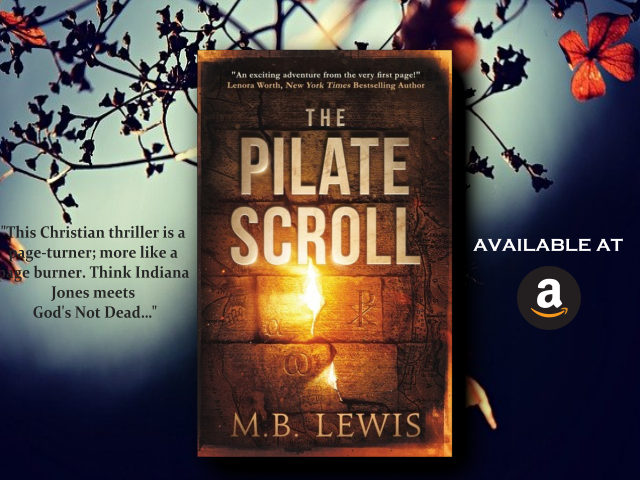













Leave a Comment